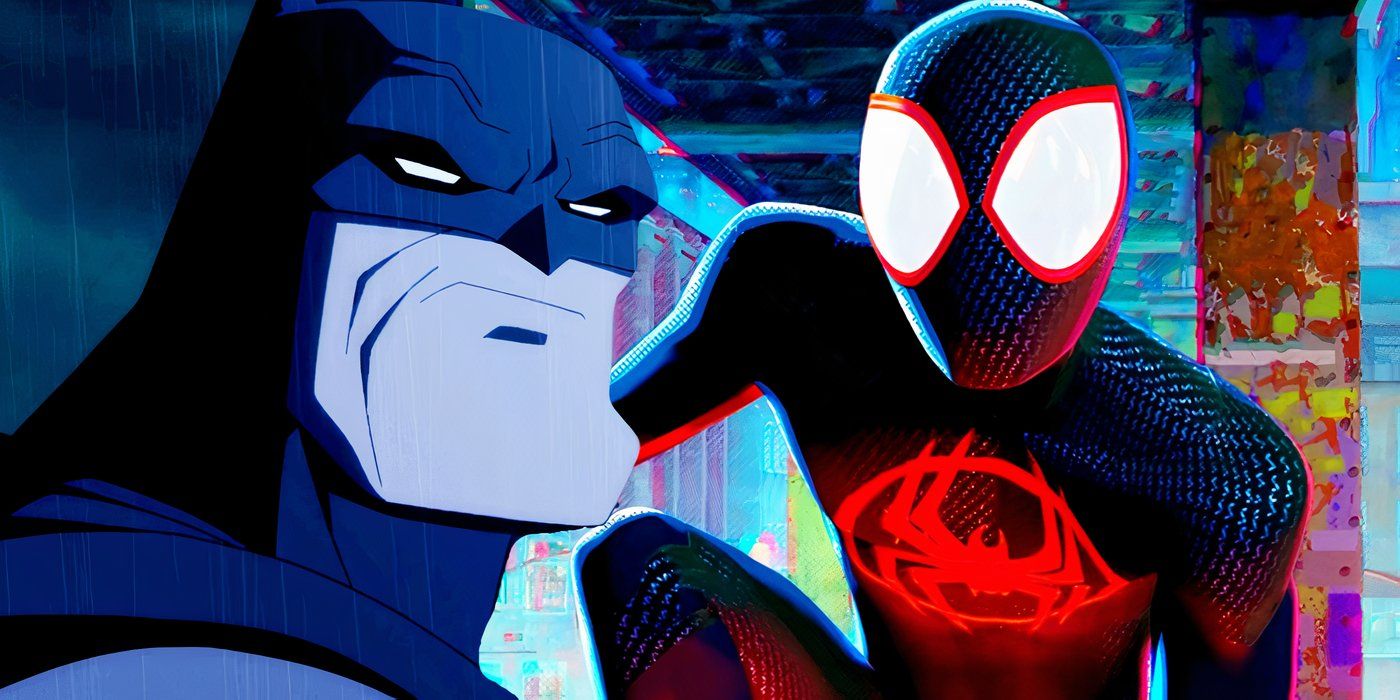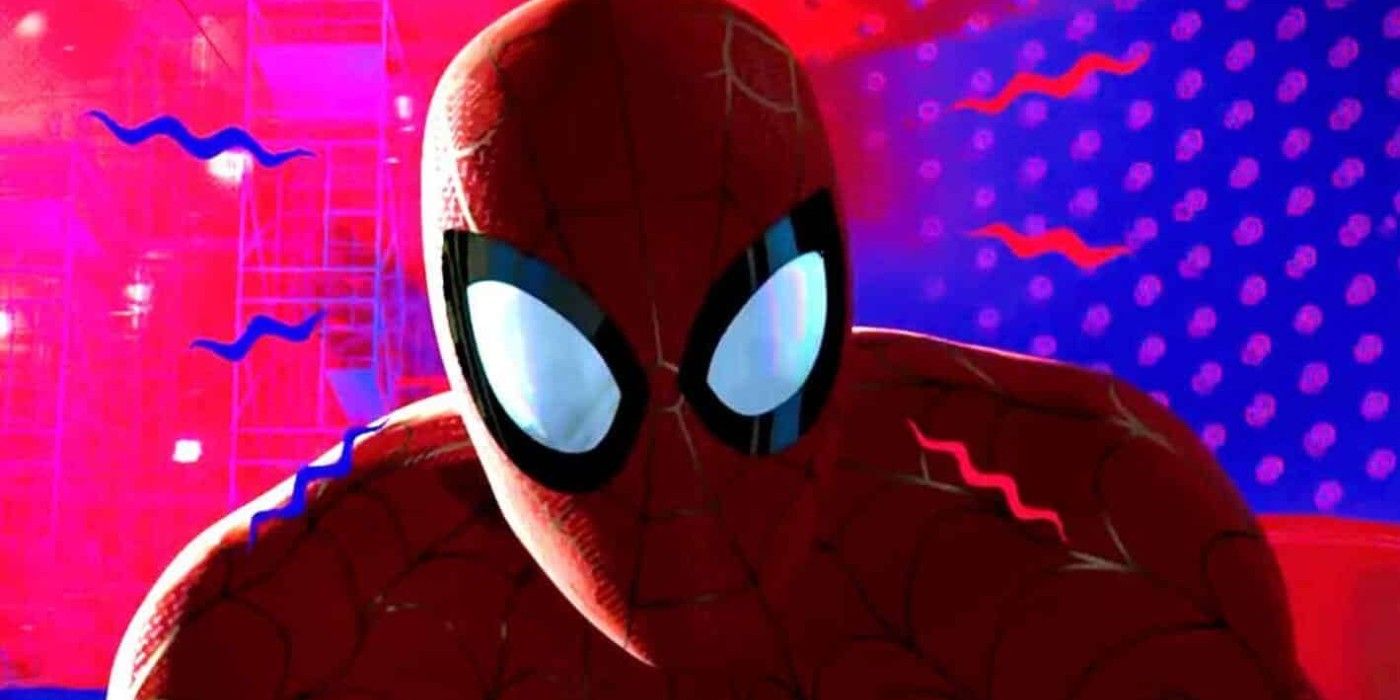Sony's animated movies (including Spider-Man: Into the Spider-Verse and Spider-Man: Across the Spider-Verse) are even more impressive than their live-action counterparts when comparing how much they each cost to make. Recent flops notwithstanding, Sony has a pretty decent track record when it comes to Spider-Man movies, with the studio opting to capitalize on its ownership of the rights to the IP repeatedly throughout the last few decades. Now that Sony's Spider-Man Universe is ostensibly defunct, however, the studio's sights will be diverted to alternative options.
The MCU's Spider-Man is one of these, with Spider-Man: Brand New Day continuing the wildly successful franchise in July 2026. The Spider-Verse franchise, meanwhile, falls entirely under Sony's purview. Since Spider-Man: Across the Spider-Verse shattered records and expectations when it was released on June 2, 2023, the pressure is now on for Sony to first deliver Spider-Man: Beyond the Spider-Verse and for the sequel to live up to expectations. If it does, Spider-Man: Beyond the Spider-Verse has the potential to surpass even the cinematic fortunes of Spider-Man in live-action, which would be unprecedented, but not entirely unexpected.
The stunning success of Sony's Spider-Verse movies is laid bare when comparing their budgets to their global gross. The prevailing rule of thumb with all films is that they need to make 2.5x their overall budget to be considered profitable. Both Spider-Man: Into the Spider-Verse and Spider-Man: Across the Spider-Verse are therefore huge successes as .
While the high status of the prequel (which won the Oscar for "Best Animated Feature") certainly helped this success, Spider-Man: Across the Spider-Verse was additionally praised for going even further with its distinctive art style.
According to The Numbers, , which is a better ratio than many live-action MCU movies, and a higher overall gross than the three lowest-grossing MCU movies. In general, animated movies perform worse than live-action ones, but the success of Spider-Man: Into the Spider-Verse can be credited to a number of factors. The first is its overall quality, being acclaimed for its charm, pathos, and action. The second is its decision to push the boundaries of animation.
The intention for the Spider-Verse's multiple universes was for them to look like they had been drawn by different artists.
for its efforts. While the high status of the prequel (which won the Oscar for "Best Animated Feature") certainly helped this success, Spider-Man: Across the Spider-Verse was additionally praised for going even further with its distinctive art style. This certainly contributed to the extra $10 million in its budget, but that still pales in comparison to its live-action counterparts.
Sony has now attempted three Spider-Man franchises that at least feature the wall-crawler in the flesh. 2002's Spider-Man launched Spider-Man's cinematic success story (and, partly, the superhero genre as a whole) and earned both critical acclaim and a dizzying $823 million for its efforts against a budget of $139 million. While this is an incredible amount for an early superhero movie to earn at the time, , which is the case for most other live-action Spider-Man movies.
| Spider-Man Movie Box Office And Budget (via The Numbers) | ||
|---|---|---|
| Movie | Budget | Worldwide Gross |
| Spider-Man | $139,000,000 | $822,652,467 |
| Spider-Man 2 | $200,000,000 | $795,888,127 |
| Spider-Man 3 | $258,000,000 | $895,937,268 |
| The Amazing Spider-Man | $220,000,000 | $758,576,824 |
| The Amazing Spider-Man 2 | $200,000,000 | $709,672,746 |
| Spider-Man: Homecoming | $175,000,000 | $878,852,749 |
| Spider-Man: Far From Home | $160,000,000 | $1,132,298,674 |
| Spider-Man: No Way Home | $200,000,000 | $1,921,206,586 |
The MCU's Spider-Man: Far From Home and Spider-Man: No Way Home are two of the MCU's most profitable movies, although the latter boasts one of the largest budgets in the MCU. The star-studded cast would have had a large part to play in this, though . This could be why Spider-Man 3 and The Amazing Spider-Man 2 had larger budgets than Spider-Man: No Way Home despite featuring far fewer stars.
This is also what makes the budgets of Sony's Spider-Verse movies even more impressive. The fact that the movies were entirely animated means that CGI was used extensively, yet . There are several reasons for this gulf, however.
A purely one. Although Sony's Spider-Verse movies make liberal use of CGI, its use in an animated context is not the same as making Rhys Ifans' Lizard, for example, as photo-realistic as possible. Costs can be further reduced with voice actors, despite Sony's Spider-Verse movies including such high profile names as:
This is due to them spending less time on-set than their live-action colleagues, with some with smaller roles (like Andy Samberg's Ben Reilly / Scarlet Spider, for example) possibly even voicing their lines in the space of a single day. when producing an animated movie. The trade-off, however, is that animation tends to take far longer - which is why Spider-Man: Beyond the Spider-Verse is taking so long.
Although sentiments may have soured on Sony for its live-action offerings in the ill-fated Sony Spider-Man Universe, it can't be argued that the studio hasn't knocked it out of the park with its animated movies. if done correctly. This is something that DC, with its extensive list of animated DC movies, has been well-versed in for quite some time, after all. While Spider-Man may be excluded due to Sony's ownership, it is still something that Marvel could stand to emulate.

Related
10 Best Animated Superhero Movies, Ranked
Some of the best superhero movies are animated. Examples from Marvel, DC, and beyond, can explore stories in a more unique way than live-action.
While it is worth reiterating that animated movies don't tend to gross as much as their live-action counterparts, thereby perhaps dissuading Marvel Studios from the idea, Sony's Spider-Verse movies counteract that narrative. Spider-Man: Across the Spider-Verse grossed more than Doctor Strange, Iron Man 2 and even Fox's acclaimed Logan, and did so at less cost. As the MCU looks towards recuperating from losses made in the Multiverse Saga with fresh ideas, the Spider-Verse proves that it could stand to wield its wealth of talent to deliver some incredible animated movies spotlighting other, perhaps lesser-known, Marvel superheroes.









